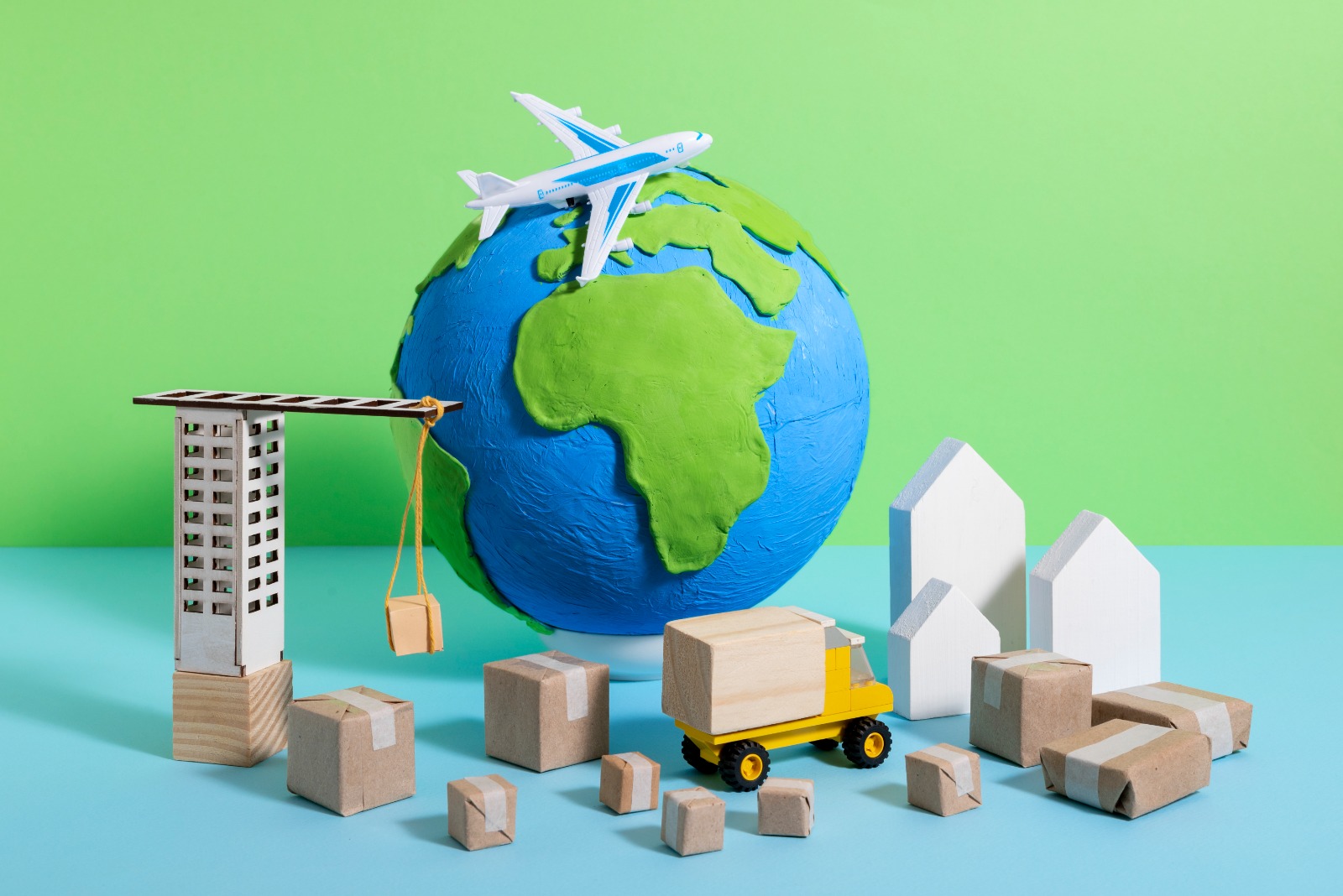
Logistics in a Post-Pandemic World: Adapting to the New Normal
The COVID-19 pandemic has significantly impacted the global logistics industry, creating disruptions and challenges that have reshaped the way businesses operate. As the world gradually moves towards recovery, it is crucial for the logistics sector to adapt to the new normal. In this blog, we will explore the key changes and adaptations that the logistics industry must embrace in a post-pandemic world.
Resilient Supply Chains:
The pandemic exposed vulnerabilities in global supply chains, emphasizing the need for resilience. Going forward, logistics companies must focus on building robust and agile supply chains that can withstand future disruptions. This includes diversifying suppliers, increasing inventory buffers, and establishing alternative transportation routes to mitigate risks and ensure business continuity.
Enhanced Health and Safety Measures:
The pandemic highlighted the importance of prioritizing health and safety in logistics operations. Logistics providers must continue implementing stringent measures to protect their workforce, customers, and the community. This may include implementing contactless delivery options, ensuring
proper sanitization protocols, and providing personal protective equipment (PPE) to employees.
Accelerated Digital Transformation:
The pandemic accelerated the adoption of digital technologies in logistics. Companies need to further embrace digital transformation to enhance operational efficiency and improve customer experience.
This includes leveraging technologies such as cloud computing, automation, data analytics, and artificial intelligence to streamline processes, optimize inventory management, and enable real-time tracking and visibility across the supply chain.
Supply Chain Visibility and Transparency:
Greater supply chain visibility and transparency have become imperative in a post-pandemic world. Logistics providers must invest in technologies and systems that offer end-to-end visibility, allowing businesses and customers to track shipments, monitor inventory levels, and anticipate potential
disruptions. Transparent communication with stakeholders and sharing real-time information can help build trust and ensure smooth operations.
Collaboration and Partnerships:
Collaboration and partnerships are vital for navigating the complexities of the new normal. Logistics companies should foster closer relationships with suppliers, customers, and other industry stakeholders.
Collaborative efforts can lead to shared resources, risk mitigation strategies, and joint problem-solving, ultimately strengthening the resilience and effectiveness of the entire supply chain.
Sustainable and Green Logistics:
The pandemic has heightened awareness of environmental sustainability. Logistics companies should prioritize sustainable practices, including optimizing routes for fuel efficiency, adopting eco-friendly
packaging solutions, and exploring alternative energy sources for transportation. By embracing sustainable logistics, businesses can reduce their carbon footprint and contribute to a greener future.
Conclusion:
The COVID-19 pandemic has brought unprecedented challenges to the logistics industry, but it has also accelerated the pace of innovation and adaptation. As we transition into a post-pandemic world,
logistics companies must embrace resilient supply chains, prioritize health and safety, accelerate digital transformation, enhance supply chain visibility, foster collaboration, and embrace sustainable practices. By adapting to the new normal, the logistics industry can emerge stronger, more agile, and better equipped to handle future disruptions.


